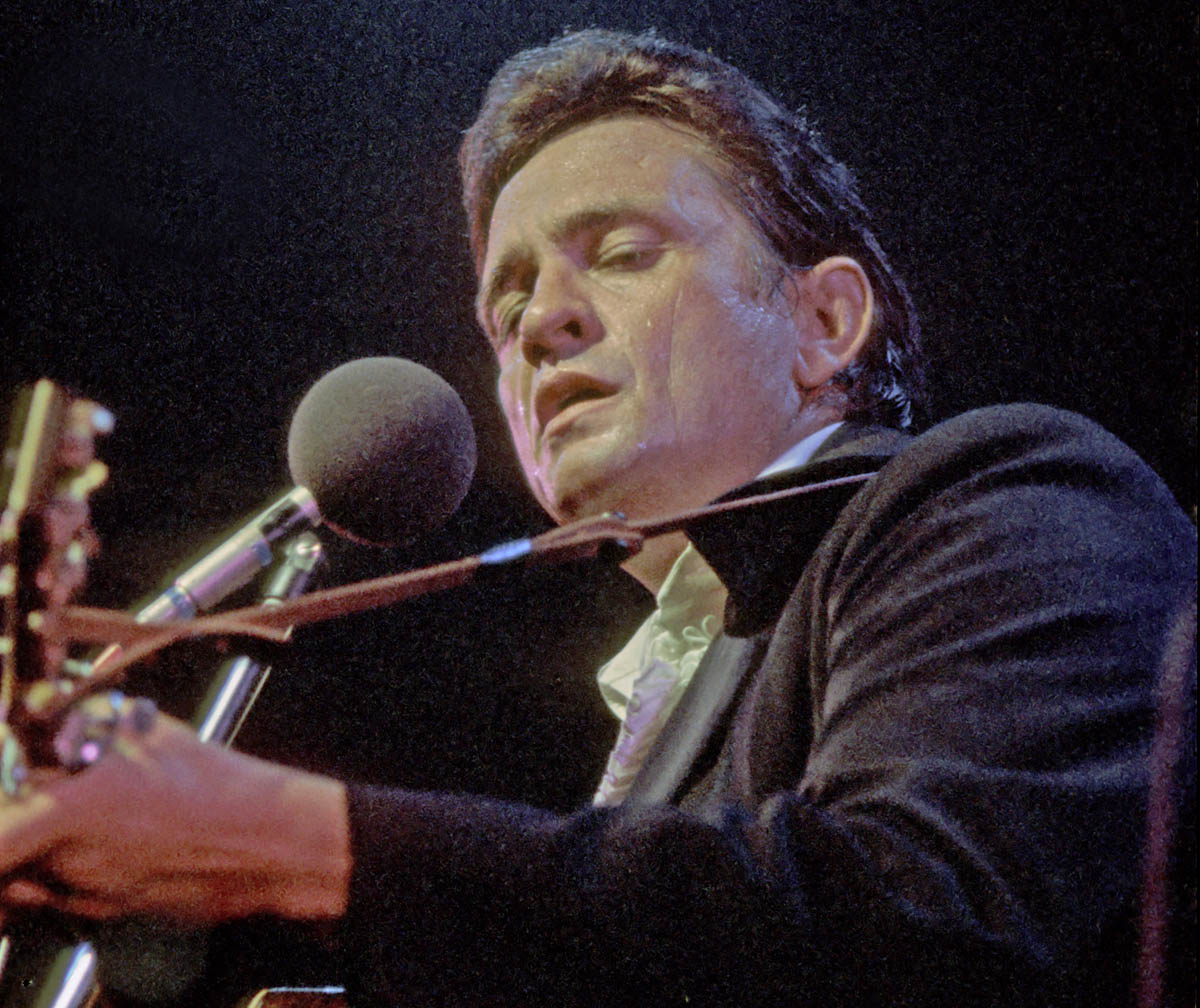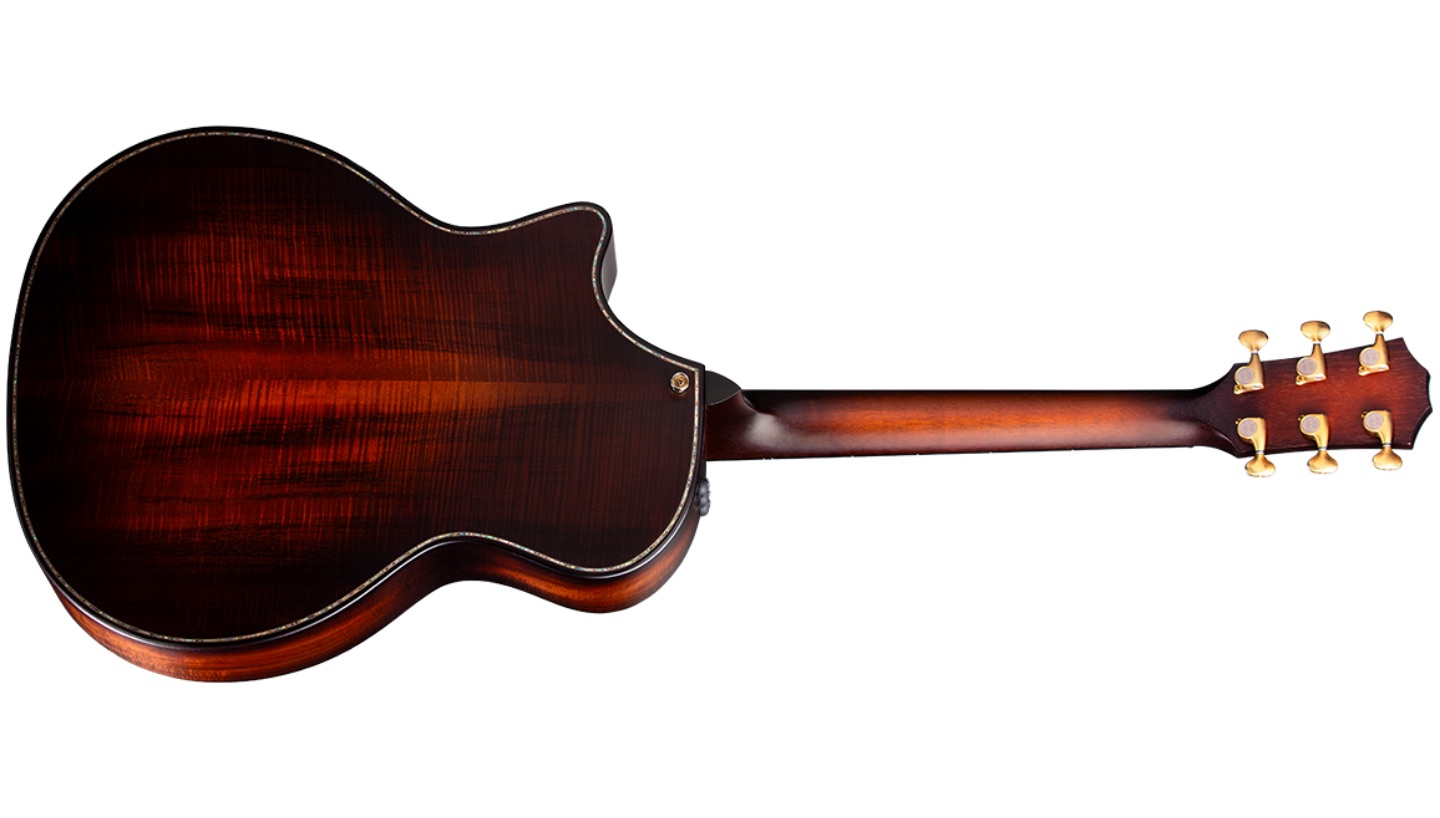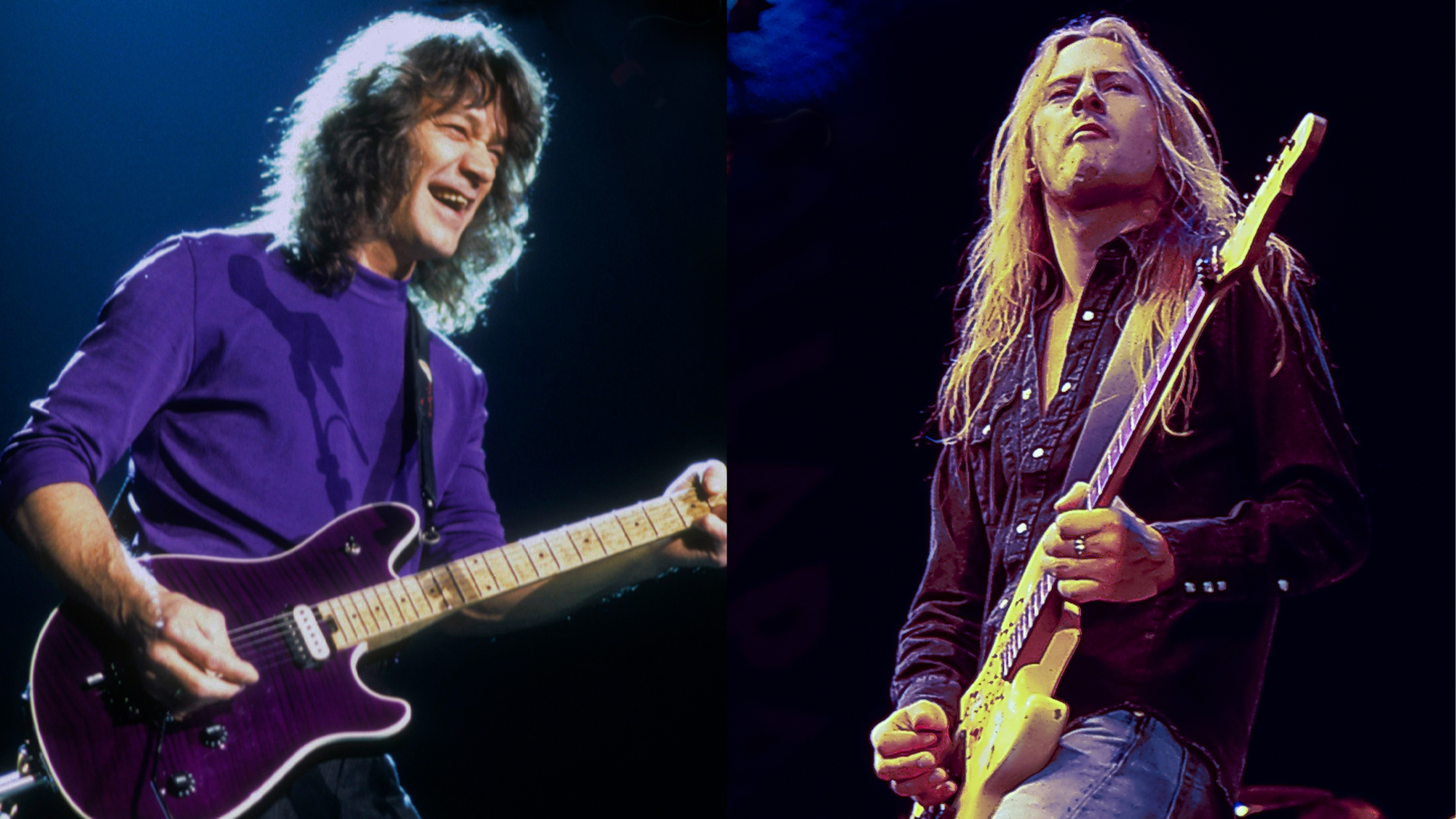Three Strap-Button Strategies to Change the Way You Play
Buttonless like Cash? Treble-side? How you wear your guitar can make all the difference in how you play.

The strap button is easily overlooked, but its placement is a huge factor in playability and a small factor sonically. At least one button is generally provided by the manufacturer and placed smack dab in the middle of the lower bout.
Placement of second strap button is such a personal choice that some manufacturers leave it up to the player. Other manufacturers make the decision for some models but not others. So why do they put those strap buttons where they do, and if not, where should you?
Going Strapless Or Buttonless
Players who sit and strum don’t need a guitar strap, let alone a strap button. Everyone else needs a strategy for second-button placement or can simply leave it off. The upside of having no button is having no intrusion into the instrument or obstacle for the fretting hand to get caught on.
For eons, folk performers have used a bit of string or lace to tie the strap around the headstock, just past the nut. The resulting hang feels natural for playing in a straightforward style, where you can use your fretting hand to “drive” the hang as close to or far from your body as you like. Think of Johnny Cash.
The downside can be literal. If you adjust the angle to allow for more advanced techniques further up the fretboard, the guitar can slide down off the side of the hip.

Placement On The Treble Side Of The Neck
The most common place to put the second strap button is about halfway up the treble side of the neck attachment, as it is on all acoustic-electric Martins and many Taylors. That’s usually a very good-feeling hang, as the strap pulls the guitar from the outside of the neck, in toward the player’s body.
Disadvantages include dampening from considerable body contact as well as having the button to contend with when playing in the highest position. Interestingly, it’s somehow not that intrusive unless you’re really going after the highest frets on a cutaway instrument.
All the latest guitar news, interviews, lessons, reviews, deals and more, direct to your inbox!
Pros And Cons Of Other Placements
The primary advantage of placing the strap button away from the neck attachment is to remove it as an obstacle for ripping away up in the “short rows.” For example, Taylor’s Builder’s Edition K24ce and 324ce guitars have the strap buttons placed just inside the heel at the base of the neck block because those guitars feature a double-beveled cutaway designed to make upper-register playing a breeze.

Disadvantages are that the guitar doesn’t hang as close to the body, and the neck tends to dive downward when not in play with a hand holding it up. On the other hand, the back is quite free to vibrate.
Two other guitars that I happened to have on hand utilize completely different approaches. Both the Martin SC-13E and the Fender Paramount Travel guitar have the second strap button on the top side.
The downside to that strategy is it requires another hole in the instrument plus an internal wood block to secure the button, as the side alone is simply not strong enough. The upside is that the hang is nice and snug, and the button is completely out of the way.
There are benefits and drawbacks to every strap-button strategy
Interestingly, the first strap button on both instruments is placed up near the top of the guitar rather than in the middle of the lower bout, due to battery compartments.
Both tend to hug the hip and belly well, which is great when moving around onstage but does equate to slightly more back dampening, and the combination of those button placements facilitates a hang where the fretboard faces slightly upward for fantastic access.
There are benefits and drawbacks to every strap-button strategy. Experiment with different options at the music store before you pull the trigger on a new instrument or drill a new hole in an old acoustic friend. It’s definitely worth the effort to get a good hang with excellent playability.
- Special thanks to Tim Teel at Martin and Andy Powers at Taylor for their insights on this column.
Jimmy Leslie is the former editor of Gig magazine and has more than 20 years of experience writing stories and coordinating GP Presents events for Guitar Player including the past decade acting as Frets acoustic editor. He’s worked with myriad guitar greats spanning generations and styles including Carlos Santana, Jack White, Samantha Fish, Leo Kottke, Tommy Emmanuel, Kaki King and Julian Lage. Jimmy has a side hustle serving as soundtrack sensei at the cruising lifestyle publication Latitudes and Attitudes. See Leslie’s many Guitar Player- and Frets-related videos on his YouTube channel, dig his Allman Brothers tribute at allmondbrothers.com, and check out his acoustic/electric modern classic rock artistry at at spirithustler.com. Visit the hub of his many adventures at jimmyleslie.com
